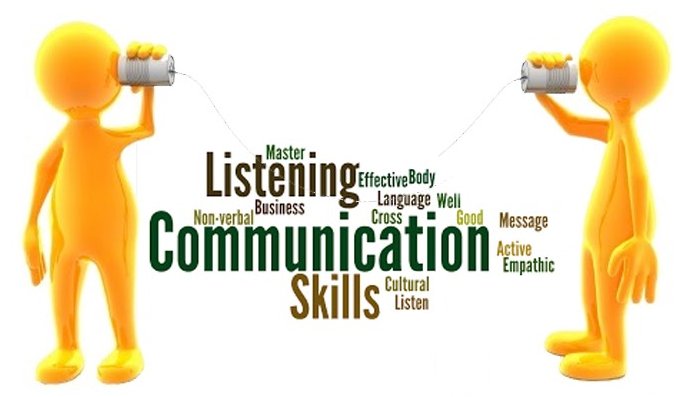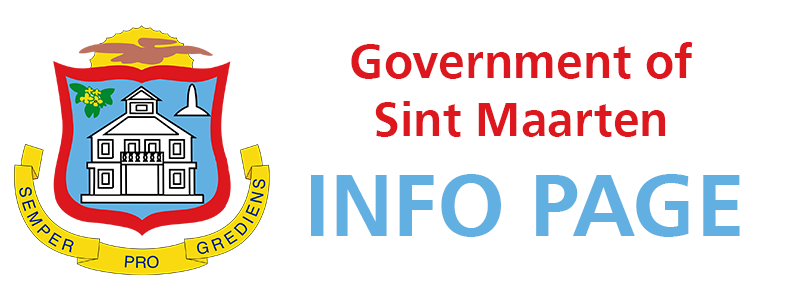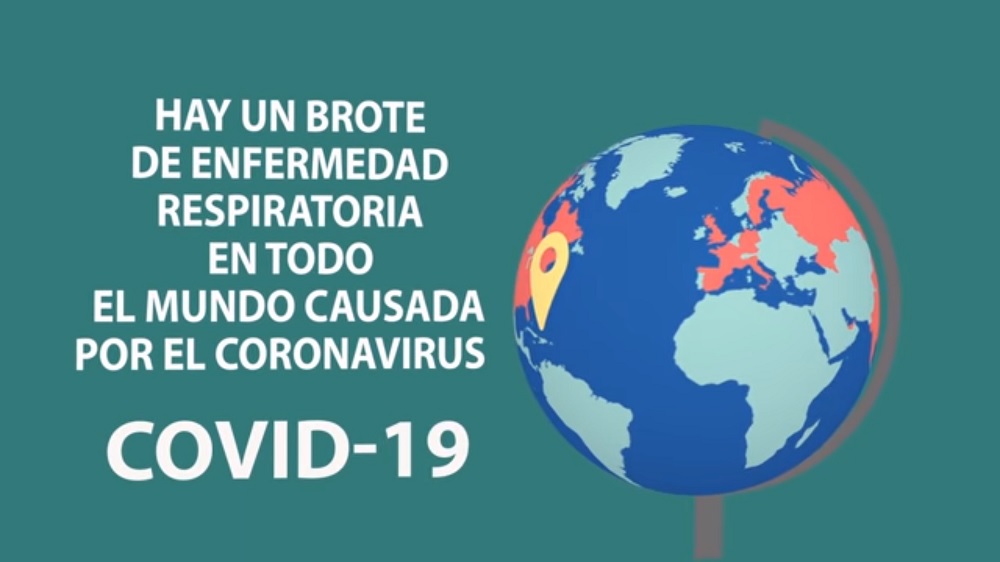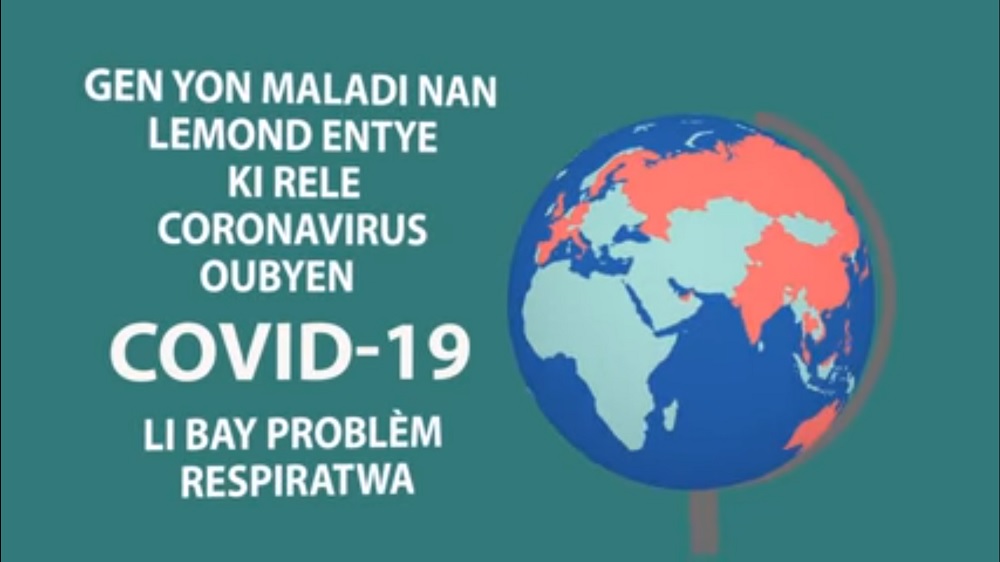Hints for effective of communication
by Cdr. Bud Slabbaert
“Getting messages across depends on the available time for perception of messages which priorities are determined by relevance or pertinence.” I just explained to you, within a 140-character limit, what is essential for communication to be effective. It is the art of deduction using a sniper level skill. “Get to the point” if you want it even shorter.
Strategic communication is communicating essential information to selected audiences, and to ensure that the communication is noticed by the senses, sticks in the mind, and affects the thinking, behavior, or activities of the audience.
Some use a flood of text in a way as if they try to be remembered by an audience for the next 30 days. Some opening the flood gates can be a sign of their desperation. How about “Classical Conditioning”?
Classical conditioning was discovered many years ago by physiologist Ivan Pavlov. He researched salivation in dogs in response to being fed. Dogs salivate in response to the food in front of them. However, he noticed that dogs already begin to salivate whenever they heard the footsteps of the person bringing the food. He experimented further by ringing a bell when offering food. Eventually ringing a bell without the food would already make the dog salivate.
So, keep the communication short as ringing a bell. Make it as tasty as delicious food. Keep it short but do it maybe more often and audiences will love to hear all portions of your wisdom. Even your name being announced should make an audience salivate.
The wisdom that a message comes across better when one can be extremely short dates back to the ages when the only tools available to write messages were hammer, chisel and a piece flat rock and writing was tough labor. Secretaries in those days had a cave as office. They had facial hair, instead of eye shadow and lipstick. They went barefoot instead of on high heels, and they had hands like mitts needed for powerful hammering and chiseling.

Some historians even suggest that before that in prehistorian ages, messages were shorter because the human vocabulary was limited to just some variations of aah, ooh and uhh sounds. Times have indeed changed. That we made tremendous progress is proven by the fact that now some people use 140- character tweets to tell their friends on the Social Media how when they go to the bathroom or in what isle of the supermarket they are.
What effect do Social Media have on humans? There are two schools of thought. On one extreme side, you have the scientific approach suggesting that it results in brain shrinkage. On the other extreme side is the snake-oil-quackery approach claiming that it will expand the universe. Between those two extreme opposites communication anarchy thrives. Expressing casual words in an entertainment setting may be a virtue; in a professional situation it is a waste of energy and can cause a backlash.

What about the millions of people using Social Media to send billion of messages? In communication it doesn’t matter how many people you reach, if you reach the wrong people. Billions of messages indicate that there is such an abundance of information that there are limits to how much one can or wants to absorb. Instead of being flabbergasted by the mouthwatering kazillion numbers, keep the numbers 8 and 30 in mind. The average attention span is only 8 seconds for a headline and part of a first sentence; an elevator pitch type introduction takes 30 seconds. Social Media cannot stretch time.
There is one other thing about Social Media. When signing up for a Social Medium, one may feel that people are following one. And some love it to finally get some attention that they otherwise wouldn’t get. Yet, some don’t want to be any part of it and rather prefer secrecy or obscurity. The number of followers on Social Media is neither proof of market share nor of approval; it could be curriosity.
The online media, business and private websites included, have created a time-saving mechanism: “Marketing by Permission”! It simply means that if it doesn’t attract the viewer or reader, it is clicked away in a New-York-minute. That should also make it very clear that it takes much consideration of what will be communicated and how. No text dumping! Online media are easy to access for both those who promote and those who seek information. But it does not mean that anything published is also actually viewed by the targeted audience. The ease of navigating to find the desired information may influence the time spent on the media or website.
Smart communication is well-thought communication with a strategy behind it. It is not about weaponizing but rather about appealing words. One has a huge arsenal of words available and an endless way of combining them in sentences and messages for the sake of appealing texts. On top of it, there is a selection of channels of communication. Not to forget the element of timing. So, yes, with this tremendous array of opportunities for communicating extremely effectively, missing the target is most likely human error by the presenter.
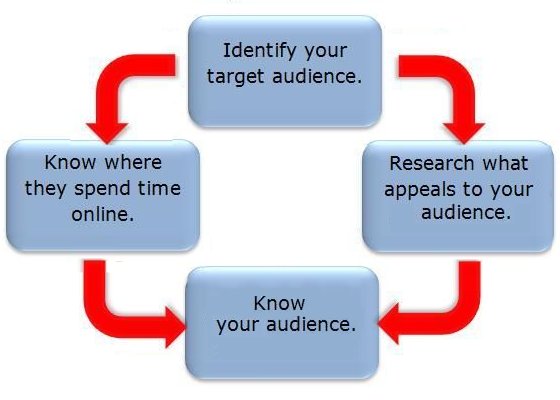
Conclusion in three pointing words: exercise strategic communications. It creates a foundation for influence.


